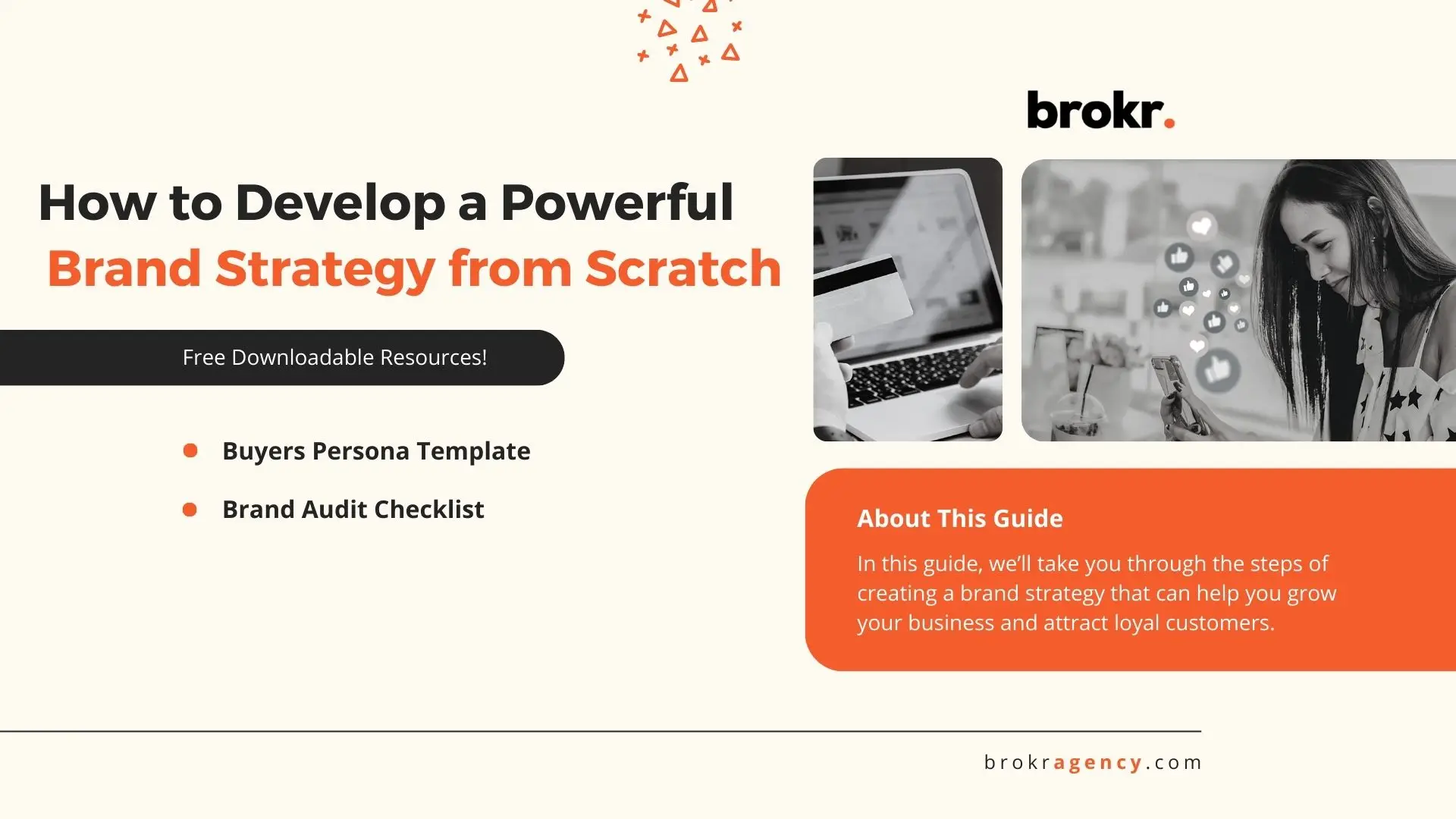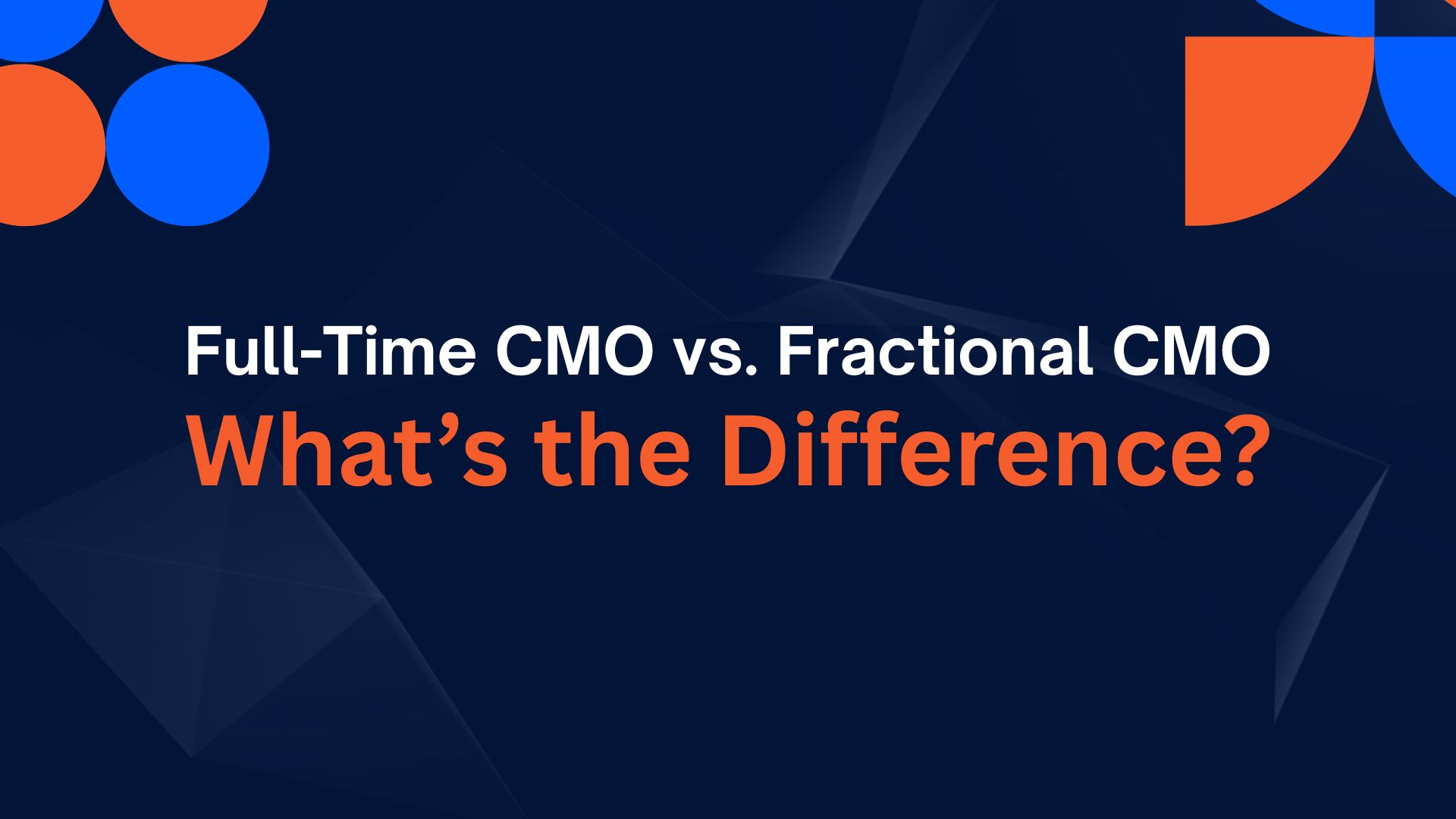Welcome to Results Matter by Broker Agency—your go-to resource for branding, marketing, and growing a thriving business. In today’s feature, we’re diving into the art (and science) of creating a powerful brand strategy from scratch. Whether you’re launching a new business or looking to sharpen your existing brand, this guide is for you.
Let’s break down the essentials of a strong brand strategy and show you exactly how to build one that resonates, stands out, and drives long-term growth.
Grab our free brand audit checklist and buyer persona template
What Is a Brand Strategy?
Before we dive into the how, let’s define the what.
A brand strategy is a comprehensive plan that outlines how your brand will be communicated and perceived in the market. It includes your mission, vision, core values, and the emotional connection you build with your audience. A strong brand strategy ensures every touchpoint—from your website to your social media—tells a cohesive, compelling story.
But how does brand strategy differ from brand identity or brand positioning? Here’s a quick breakdown:
-
Brand Identity = How your brand looks and feels (logo, colors, typography)
-
Brand Positioning = How you set yourself apart from competitors
-
Brand Strategy = The big-picture plan guiding all decisions and messaging
Together, these elements ensure clarity, consistency, and impact.
Key Components of a Successful Brand Strategy
Building a great brand doesn’t happen by accident. It’s intentional. Here are the foundational elements to include:
1. Brand Purpose & Vision
Your brand purpose is the “why” behind your business—it’s what drives you beyond profits. Your brand vision is where you’re headed—what long-term impact you want to make.
When done right, these two components help foster emotional connection and loyalty from your audience.
2. Target Audience & Market Research
You can’t build a brand for everyone. Identifying your target audience is crucial. Use market research and buyer personas to define who your ideal customers are and what they care about. This enables you to speak directly to their needs, pain points, and desires.
3. Brand Values & Personality
Your values define what your business stands for. They guide behavior internally and externally. Meanwhile, your brand personality defines how your brand communicates—whether it’s fun, authoritative, caring, or quirky. Keep it authentic and consistent.
4. Brand Positioning
Where does your brand fit in the market? Your brand positioning defines your unique space and how you differentiate from competitors. A clear positioning statement helps your audience understand why they should choose you.
How to Build a Brand Strategy: Step-by-Step
Let’s walk through the process of creating your brand strategy from the ground up:
1. Conduct a Brand Audit
Before making any changes, assess where your brand stands. Use tools like a SWOT analysis (Strengths, Weaknesses, Opportunities, Threats) to evaluate what’s working—and what’s not.
2. Define Your Purpose, Vision, and Values
Take the time to clearly articulate your:
-
Purpose: Why you exist
-
Vision: What future you’re working toward
-
Values: The beliefs that guide you
These should align with your audience’s values to form a strong connection.
3. Develop a Unique Value Proposition (UVP)
What makes you stand out? Your UVP should answer the question: Why should customers choose you over anyone else? Be specific, benefit-driven, and memorable.
4. Craft Your Brand Voice & Messaging
Your brand voice is how your brand sounds across all channels. Whether formal, playful, or conversational, make sure it’s consistent. Align your messaging with your brand personality to create familiarity and trust.
5. Create Your Visual Brand Identity
Now it’s time to get visual. Design a logo, select brand colors, fonts, and imagery that reflect your personality and appeal to your target market. Every visual should reinforce your brand story.
6. Implement and Monitor Your Brand Strategy
Roll out your strategy across every touchpoint—from marketing materials and websites to social media and customer service. Then, monitor performance through KPIs like engagement, reach, and customer feedback. Adapt as needed.
Common Brand Strategy Mistakes to Avoid
Even the best strategies can go off-track if you’re not careful. Watch out for these common pitfalls:
-
Ignoring Your Audience: If you don’t know who you’re talking to, your message won’t land.
-
Inconsistent Messaging: Mixed messages confuse your audience and erode trust.
-
Staying Rigid: The market evolves—your strategy should too. Don’t be afraid to pivot.
Evolving Your Brand Strategy Over Time
A brand strategy isn’t a “set it and forget it” plan. It should grow and evolve with your business. Regularly revisit your goals, audience insights, and performance metrics. If something isn’t working, adjust your approach. Flexibility keeps your brand relevant and competitive.
Developing a powerful brand strategy doesn’t happen overnight—but with the right foundation, it can elevate everything you do.






